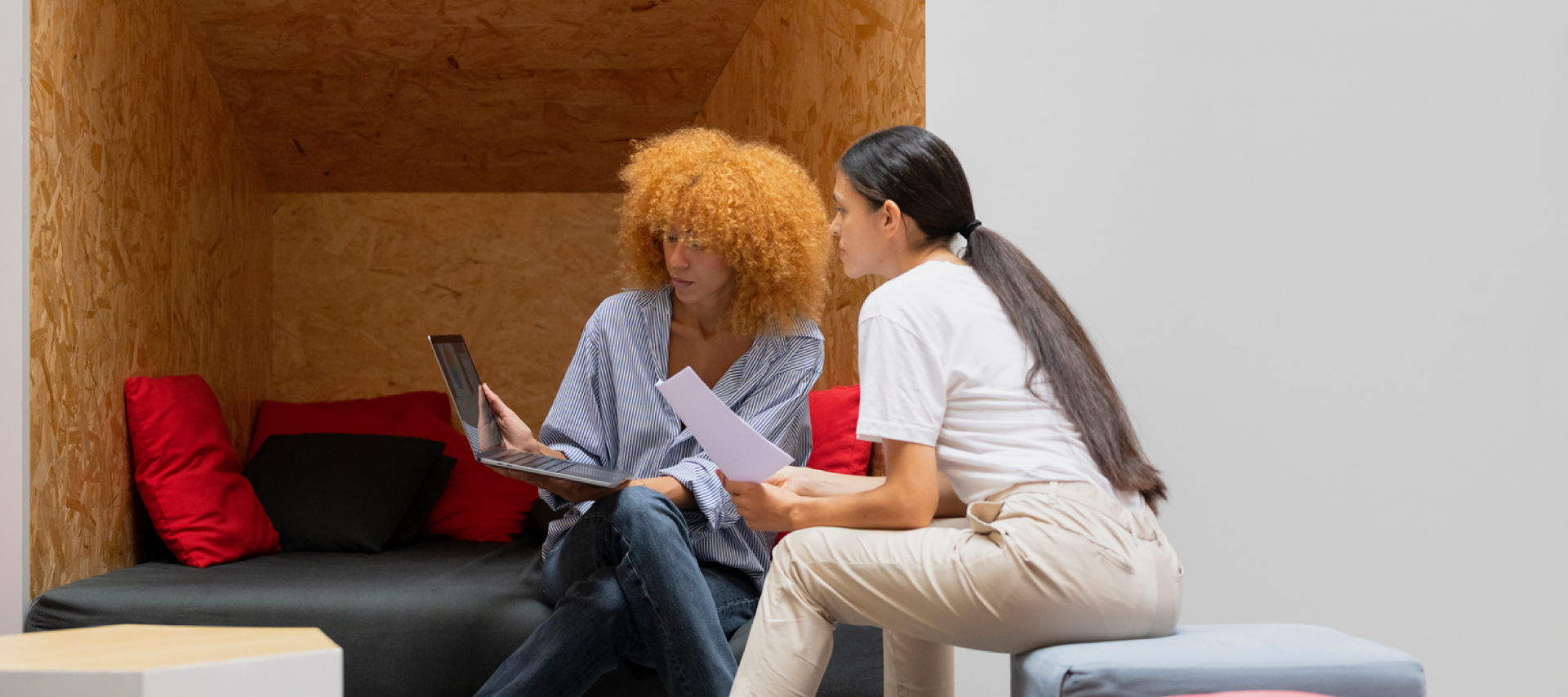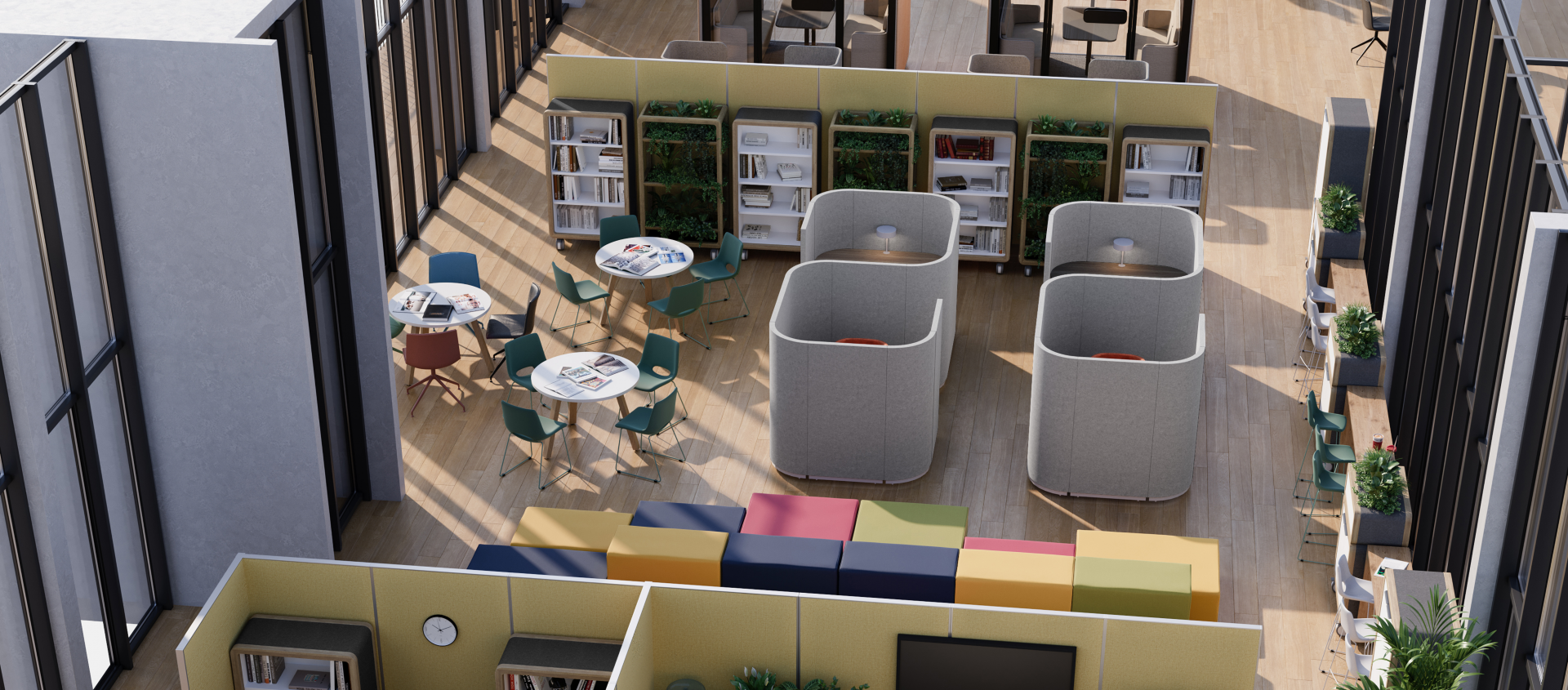Designing Offices for Movement: A New Standard in Workplace Design
written by OLG
Creating workplaces that encourage movement is becoming an essential consideration as businesses focus on fostering health-conscious, dynamic environments. The demand for spaces that prioritise employee well-being is shaping commercial furniture design and layout strategies in transformative ways. Here’s how movement-focused design is setting the new standard.
Active Furniture as a Core Element
Incorporating height-adjustable desks, treadmill desks, and ergonomic seating provides flexibility for employees to alternate between sitting, standing, and moving. This approach reduces the negative effects of prolonged sitting, which has been linked to musculoskeletal issues and decreased productivity. Research by Safe Work Australia highlights the benefits of ergonomic workstations in reducing workplace injuries and enhancing employee comfort.
Dynamic Layouts for Flexibility
Movement-friendly layouts—including breakout zones, informal meeting spaces, and walking pathways—foster engagement and well-being. These adaptable spaces promote spontaneous collaboration while encouraging physical activity throughout the day. Insights from UNSW Business School highlight that flexible office designs are key to enhancing employee experience and productivity in hybrid work environments.
Integrating Smart Technology
Smart office solutions, such as desk sensors and wearable technology, enhance the functionality of workspaces. These tools allow businesses to track space utilisation, encourage regular breaks, and personalise workstations for ergonomics.
Industry reports from the Australian Smart Cities Association highlight the increasing role of smart technologies in creating responsive, employee-friendly environments.
Designing for Flow and Connectivity
Flow-based designs minimise congestion, improve morale, and deliver a better overall experience. Thoughtfully planned workspaces that allow for natural movement between desks, meeting areas, and communal zones contribute to a sense of ease and connectivity. Studies from the Workplace Wellness Institute Australia suggest that spatial design supporting free movement leads to lower stress levels and higher job satisfaction.




